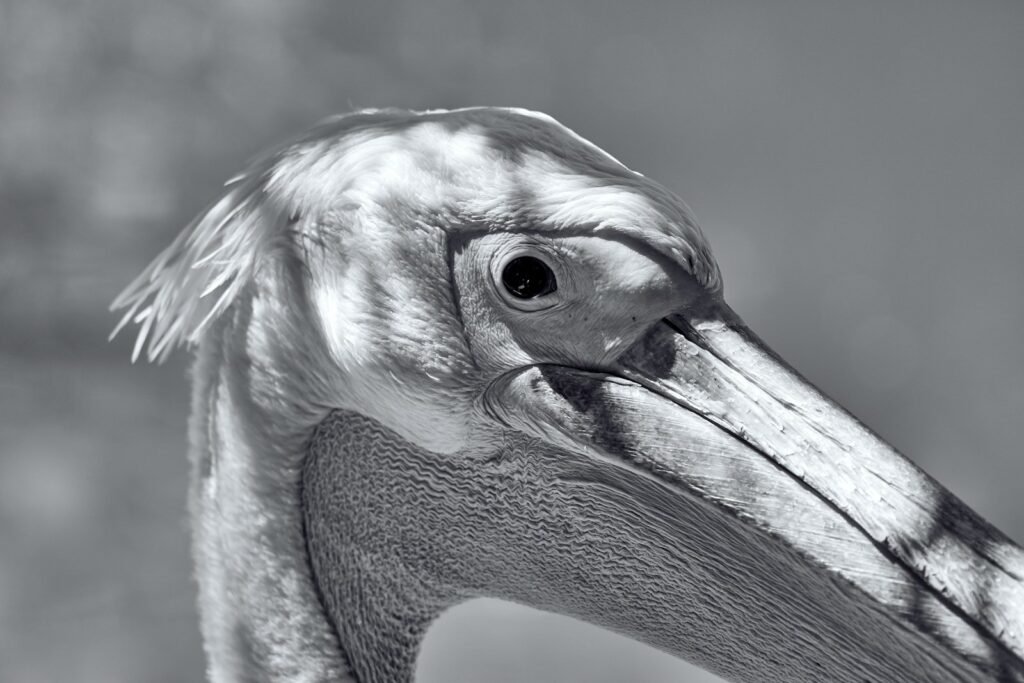Picture this: a creature the size of a small aircraft, weighing as much as three adult humans, standing on the edge of a cliff 100 million years ago. Its massive wings stretch wider than a fighter jet’s wingspan, and its hollow bones creak under the strain of its enormous frame. This isn’t science fiction – this was Quetzalcoatlus northropi, one of the largest flying animals that ever lived. The question that has puzzled scientists for decades isn’t whether these giants could fly, but how on Earth they managed to get airborne in the first place.
The Colossal Challenge of Pterosaur Flight

When you think about takeoff, you probably imagine a bird hopping into the air or an airplane speeding down a runway. But imagine trying to launch a creature that weighs 250 kilograms into the sky using nothing but muscle power and ancient aerodynamics. The physics alone seem impossible – after all, the heaviest flying bird today, the great bustard, weighs only about 18 kilograms.
Quetzalcoatlus northropi didn’t just break the rules of what we thought possible for flying animals; it shattered them completely. This pterosaur had a wingspan that could reach up to 10 meters, making it roughly the size of a small airplane. Yet somehow, these creatures managed to become airborne and soar through Cretaceous skies with apparent ease.
Debunking the Cliff-Jumping Theory

For years, scientists assumed that giant pterosaurs must have launched themselves from cliffs, like hang gliders catching updrafts. This theory seemed logical – after all, how else could something so massive get off the ground? But recent research has revealed a fatal flaw in this thinking: there simply weren’t enough tall cliffs in the right places during the Cretaceous period.
The fossil evidence shows that many pterosaurs lived in relatively flat environments, far from the towering precipices that would have been necessary for cliff-launching. Additionally, the mechanics of cliff-jumping would have been incredibly dangerous for such large, delicate creatures. One miscalculation could have meant a catastrophic crash landing.
This realization forced paleontologists to reconsider everything they thought they knew about pterosaur takeoff. The answer, it turns out, was literally right under their noses – or rather, under their feet.
The Revolutionary Four-Limbed Launch Discovery

The breakthrough came when researchers began studying pterosaur anatomy with fresh eyes, focusing not just on their wings but on their entire body structure. What they discovered was revolutionary: pterosaurs used all four limbs to launch themselves into the air, essentially performing a prehistoric pole-vault that would make Olympic athletes jealous.
Unlike birds, which use only their legs for takeoff, pterosaurs had incredibly powerful forelimbs that could generate enormous thrust. Their wing-fingers weren’t just for flying – they were also crucial components of their launch system. This four-limbed approach allowed them to generate far more power than any two-limbed takeoff could provide.
The discovery fundamentally changed our understanding of pterosaur locomotion and solved one of paleontology’s most perplexing puzzles. Suddenly, the physics of giant pterosaur flight began to make sense.
Anatomy Built for Power: The Pterosaur Body Plan

To understand how this four-limbed launch worked, you need to appreciate the incredible engineering of the pterosaur body. These weren’t just oversized birds with different wings – they were completely unique flying machines, built from the ground up for a very different kind of flight.
The pterosaur skeleton was a masterpiece of lightweight construction, with hollow bones that reduced weight without sacrificing strength. Their wing membrane stretched from an enormously elongated fourth finger all the way to their ankles, creating a wing surface that was both massive and incredibly flexible. Most importantly, their forelimbs were equipped with muscles that could generate tremendous downward force.
Think of it like comparing a helicopter to an airplane – both can fly, but they use completely different mechanisms to achieve lift. Pterosaurs were the helicopters of the prehistoric world, using brute force and innovative biomechanics to overcome the challenges of their enormous size.
The Biomechanics of Quadrupedal Takeoff

The actual takeoff process was probably one of the most spectacular sights in prehistoric skies. Picture a Quetzalcoatlus crouched on the ground, its massive wings folded against its body. In one explosive movement, it would push off with both its powerful hind legs and its equally powerful forelimbs, essentially pole-vaulting itself into the air.
The timing had to be perfect. The pterosaur would crouch low, building tension in its muscles like a compressed spring. Then, in a coordinated burst of power, all four limbs would drive downward simultaneously, launching the creature skyward with enough force to clear the ground and begin the transition to powered flight.
This wasn’t just a gentle hop – it was an explosive launch that could propel a 250-kilogram animal several meters into the air in a single bound. The amount of force required was staggering, equivalent to a human jumping over a two-story building.
Muscle Power and Energy Requirements

The sheer muscle power required for quadrupedal takeoff was astronomical. Scientists estimate that pterosaurs needed to generate forces equivalent to 2.5 times their body weight just to get airborne. For a 250-kilogram Quetzalcoatlus, that meant producing over 600 kilograms of force in a split second.
This required incredibly specialized muscle architecture. Pterosaurs had enlarged pectoral muscles that were not only used for flight but also for the explosive power needed during takeoff. These muscles had to be both powerful enough for launch and efficient enough for sustained flight – a remarkable evolutionary compromise.
The energy cost of such a launch was enormous, probably equivalent to a human sprinting at full speed for several minutes. This suggests that pterosaurs were selective about when and how often they took flight, making each launch a significant investment of energy.
Wing Membrane Structure and Flexibility

The pterosaur wing wasn’t just a simple flap of skin – it was a sophisticated, multi-layered structure that could adapt to different flight conditions. The membrane contained muscle fibers that allowed the pterosaur to adjust wing shape and tension during flight, much like a modern hang glider pilot adjusting their equipment.
During takeoff, this flexibility was crucial. The wing membrane had to be stiff enough to generate lift during the initial launch but flexible enough to transition smoothly into the different wing configurations needed for sustained flight. This required a level of neural control that was probably comparable to what we see in modern birds.
The membrane also had to be incredibly strong to withstand the forces generated during launch. Think about the stress on a parachute when it suddenly deploys – pterosaur wings experienced similar forces every time they took off, but they had to do it repeatedly without tearing.
Ground Stance and Pre-Launch Positioning

Before launch, pterosaurs had to position themselves correctly on the ground – a process that was probably as crucial as the takeoff itself. Fossil trackways show that these creatures walked on all fours when grounded, with their wings folded in a way that kept the flight membranes safe from damage.
The pre-launch stance was probably similar to a sprinter in starting blocks. The pterosaur would crouch low, with its powerful limbs coiled beneath its body like springs ready to release. The wing membranes would be positioned to catch air immediately upon extension, maximizing the efficiency of the launch.
This positioning required incredible balance and coordination. A 250-kilogram animal crouching on four limbs while preparing to explosively launch itself skyward was performing one of the most challenging maneuvers in the animal kingdom.
The Physics of Generating Lift
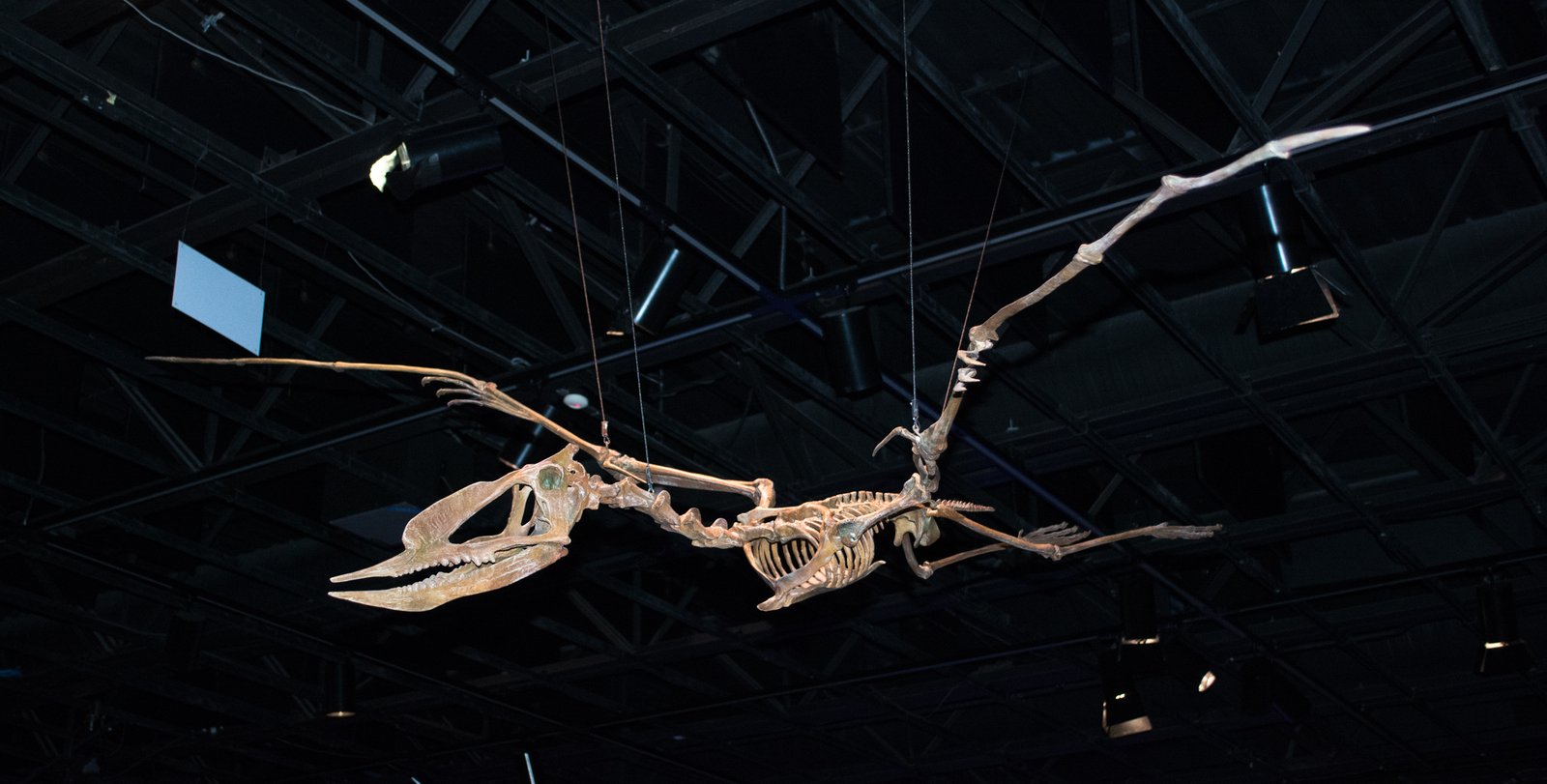
Getting a quarter-ton animal airborne requires more than just raw power – it demands a sophisticated understanding of aerodynamics. Pterosaurs had to generate enough lift to overcome not just gravity but also the initial inertia of their massive bodies. This meant that their wings had to produce lift from the very first moment of takeoff.
The angle of attack during launch was critical. Too steep, and the wings would stall before generating sufficient lift. Too shallow, and the animal would simply crash back to the ground. Pterosaurs had to hit the perfect angle every single time, suggesting they had finely tuned instincts for flight mechanics.
The initial lift generation was probably assisted by ground effect – the phenomenon where wings generate more lift when they’re close to the ground. This would have given pterosaurs a brief boost during the crucial first moments of flight, helping them transition from their explosive launch into sustained flight.
Comparing Bird and Pterosaur Takeoff Methods

The difference between bird and pterosaur takeoff is like comparing a motorcycle to a rocket ship – both get you moving, but they use completely different principles. Birds primarily use their legs for takeoff, with their wings providing lift only after they’re already airborne. It’s an elegant system that works perfectly for smaller, lighter animals.
Pterosaurs, on the other hand, had to use every available limb to generate the massive forces needed for takeoff. This four-limbed approach was probably less efficient than bird takeoff, but it was the only way to get such massive animals airborne. It’s a classic example of evolution finding a solution to an seemingly impossible problem.
Modern birds that attempt similar takeoff methods, like swans or albatrosses, struggle with much smaller body sizes. The fact that pterosaurs mastered this technique at such enormous scales is a testament to their unique evolutionary adaptations.
Environmental Factors Affecting Launch Success

Even with perfect anatomy and technique, pterosaur takeoff was heavily dependent on environmental conditions. Wind speed and direction could make the difference between successful flight and a catastrophic crash. A headwind would assist takeoff by providing additional lift, while a tailwind could make launch nearly impossible.
Ground conditions were equally important. Soft or uneven terrain would absorb some of the launch force, reducing takeoff efficiency. Pterosaurs probably preferred firm, level ground for their launches, which might explain why many fossils are found in areas that were once lake shores or river banks.
Temperature also played a role, as cooler air is denser and provides more lift. This suggests that pterosaurs might have been more active during cooler parts of the day, timing their flights to take advantage of optimal atmospheric conditions.
Energy Efficiency and Flight Sustainability
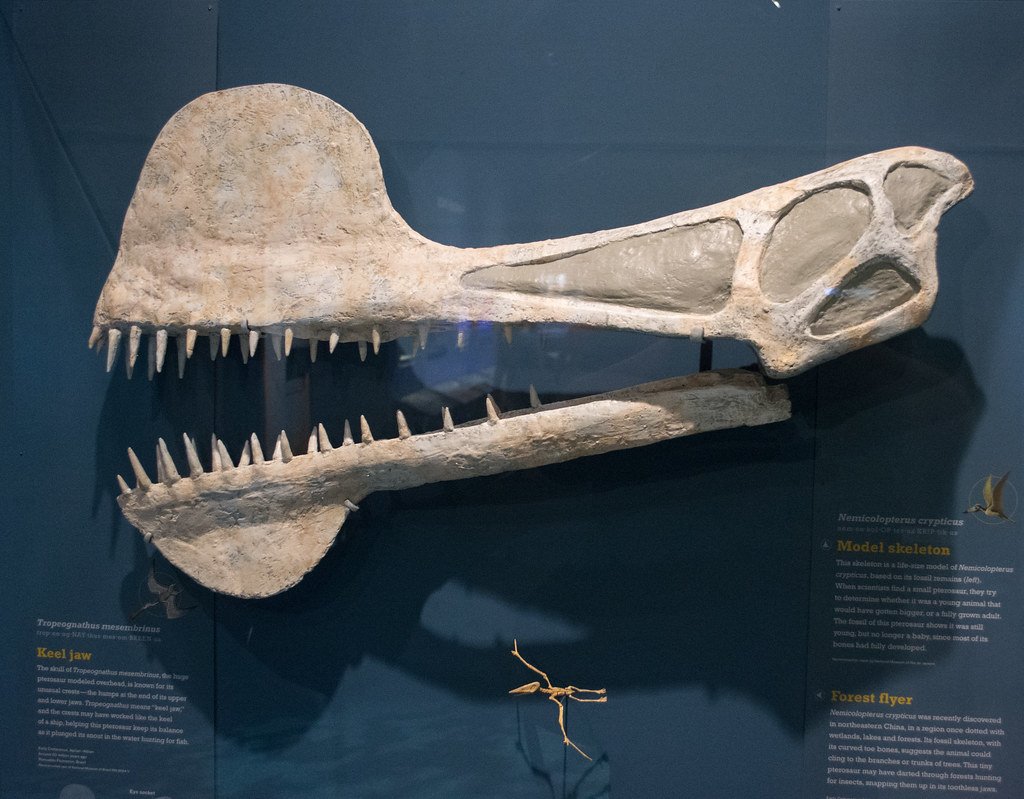
Once airborne, pterosaurs faced another challenge: making their expensive launch worthwhile. The energy cost of getting a 250-kilogram animal into the air was so high that the subsequent flight had to be extremely efficient. This probably meant that pterosaurs were masters of soaring flight, using thermal currents and wind patterns to stay aloft with minimal energy expenditure.
Modern calculations suggest that pterosaurs could glide for hours once airborne, covering vast distances with relatively little additional energy input. This made the high cost of takeoff worthwhile, allowing them to travel efficiently between feeding areas or breeding sites.
The efficiency of pterosaur flight was probably comparable to modern sailplanes, which can travel hundreds of kilometers using nothing but rising air currents. This suggests that pterosaurs were not just powerful fliers but also incredibly skilled at reading and using atmospheric conditions.
Fossil Evidence Supporting the Four-Limbed Theory
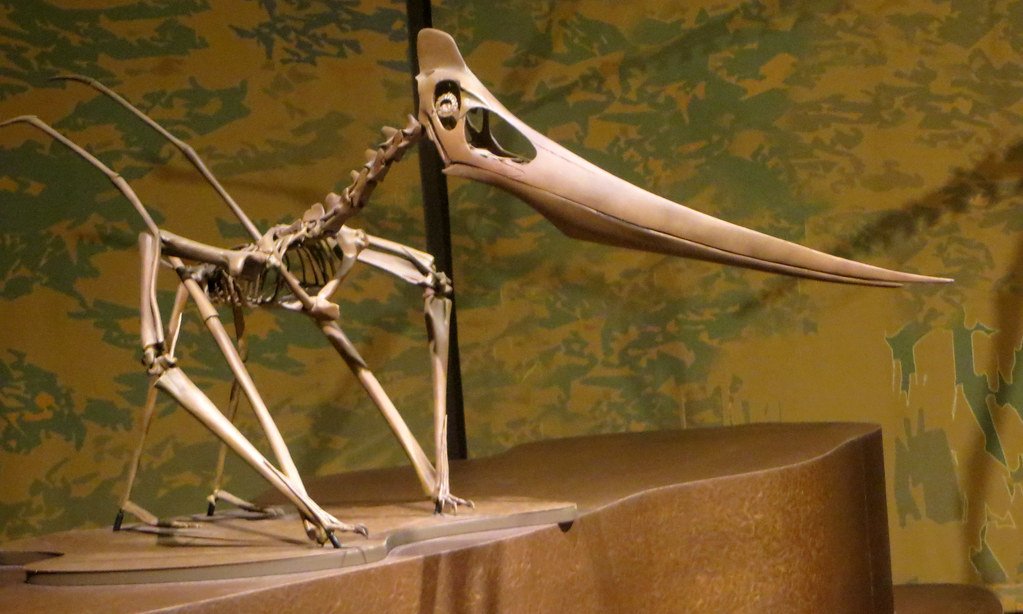
The evidence for quadrupedal takeoff comes from multiple sources, including fossil trackways, bone structure analysis, and computer modeling. Pterosaur trackways show clear evidence of four-limbed locomotion on the ground, with the forelimbs positioned in a way that would have been perfect for generating downward thrust during takeoff.
The bone structure of pterosaur forelimbs shows clear adaptations for powerful downward forces. The muscle attachment sites are enlarged, and the bones themselves are structured to handle compression forces that would have been generated during launch. This anatomical evidence strongly supports the four-limbed takeoff theory.
Computer models of pterosaur flight mechanics have confirmed that quadrupedal takeoff was not only possible but probably necessary for animals of this size. Without the additional power provided by the forelimbs, successful takeoff would have been impossible.
Modern Technology Inspired by Pterosaur Flight
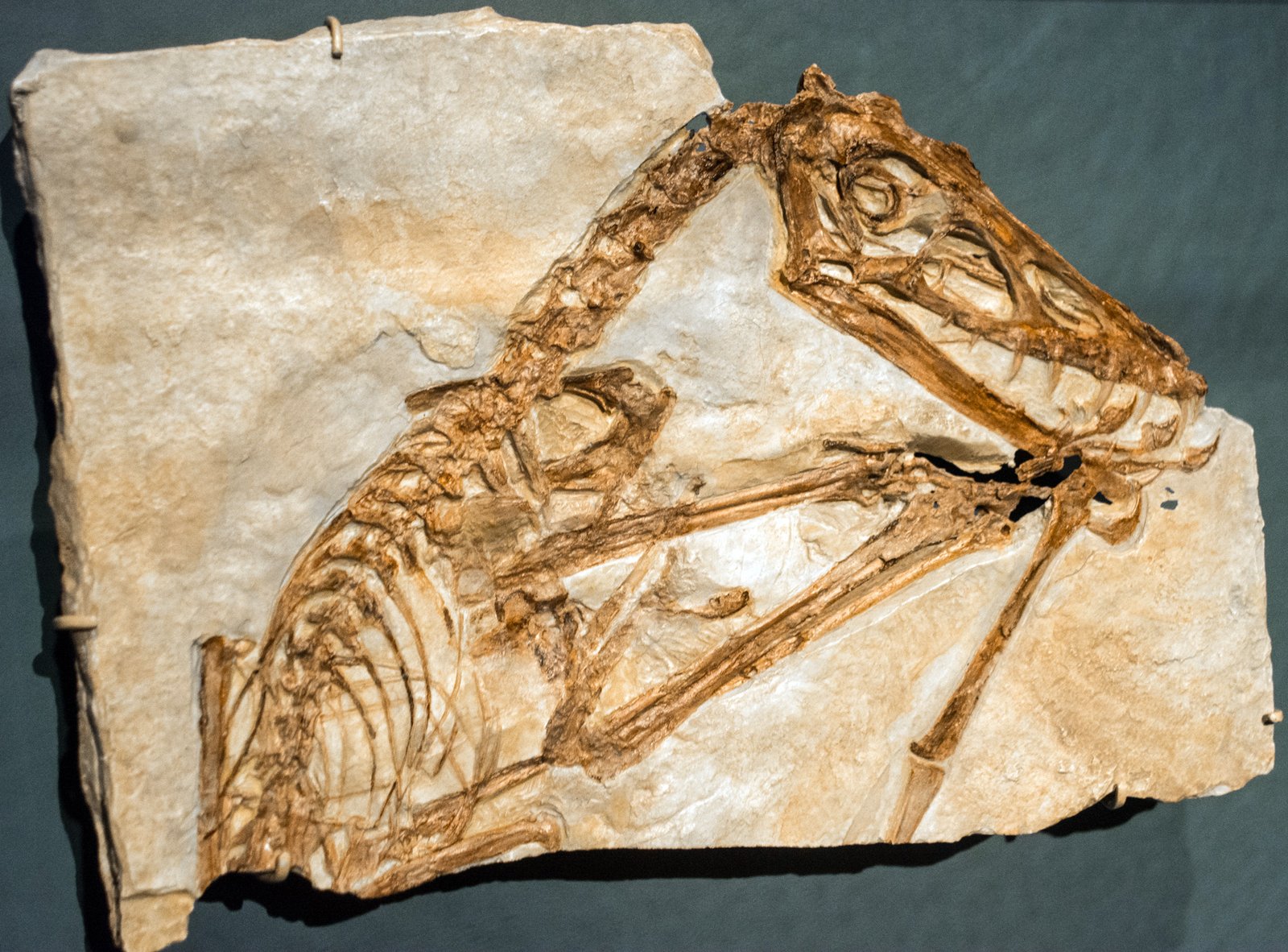
The discovery of pterosaur takeoff mechanics has inspired modern engineers and aircraft designers. The idea of using multiple limbs for takeoff has been explored in experimental aircraft designs, particularly for vehicles that need to operate in confined spaces or unusual environments.
Some researchers are investigating whether pterosaur-inspired launch mechanisms could be used for micro air vehicles or drones. The ability to generate massive thrust from a standing start could be valuable for aircraft that need to operate in urban environments or other restricted spaces.
The flexible wing membrane of pterosaurs has also inspired new materials research. Scientists are working on adaptive wing surfaces that could change shape during flight, potentially improving efficiency and maneuverability in future aircraft designs.
Implications for Understanding Ancient Ecosystems

Understanding how pterosaurs achieved flight has broader implications for how we view Cretaceous ecosystems. These weren’t just flying animals – they were aerial giants that could cover vast distances, potentially connecting distant habitats and ecosystems in ways we’re only beginning to understand.
The ability of pterosaurs to launch from level ground means they could have inhabited a much wider range of environments than previously thought. They weren’t restricted to mountainous regions or coastal cliffs – they could have lived anywhere with suitable feeding opportunities.
This mobility probably made pterosaurs keystone species in their ecosystems, capable of transporting nutrients and energy across vast distances. Their ecological impact was probably far greater than their fossil record suggests, as they could have influenced environments hundreds of kilometers from their nesting sites.
The Evolution of Giant Flying Animals
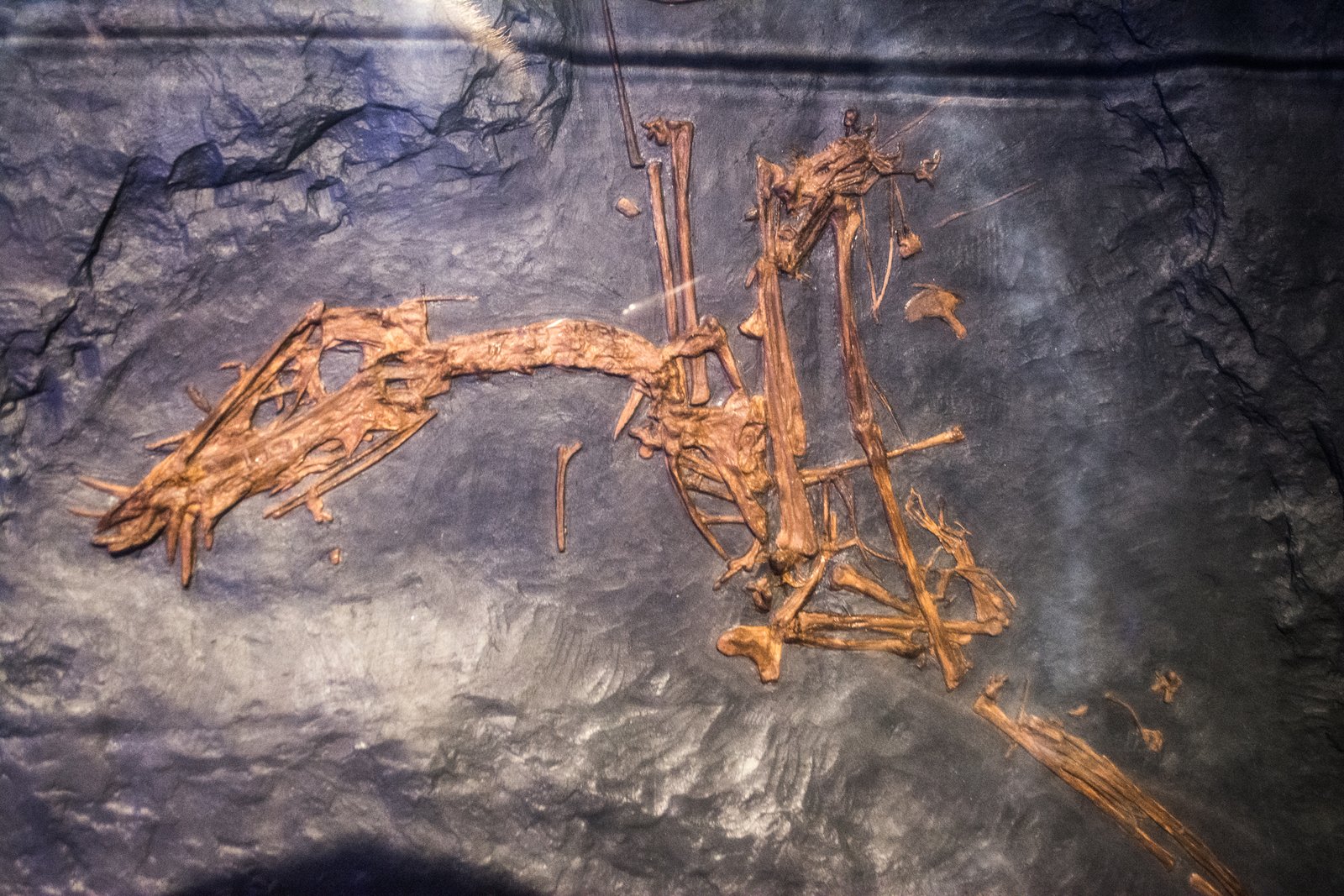
The success of pterosaur flight raises fascinating questions about the evolution of giant flying animals. Why did pterosaurs evolve to be so large when smaller sizes would have been more energy-efficient? The answer probably lies in the unique ecological opportunities available during the Cretaceous period.
Large size brought advantages in terms of range, payload capacity, and competitive ability. A giant pterosaur could carry more food back to its nest, travel farther to find feeding areas, and potentially dominate smaller competitors. The evolution of efficient takeoff mechanisms made these advantages achievable.
The eventual extinction of giant pterosaurs at the end of the Cretaceous period suggests that their specialized flight adaptations, while impressive, also made them vulnerable to environmental changes. When conditions shifted, their high-energy lifestyle became unsustainable.
Challenges and Limitations of the Four-Limbed System

While quadrupedal takeoff solved the problem of getting massive pterosaurs airborne, it came with significant drawbacks. The system was energetically expensive, requiring enormous muscle mass and high-energy food sources. This probably limited pterosaur populations and made them vulnerable to environmental changes.
The complexity of the launch process also meant that pterosaurs were vulnerable during takeoff. Unlike birds, which can launch quickly when threatened, pterosaurs needed time to position themselves correctly and build up the necessary muscle tension. This made them sitting ducks for predators during the crucial moments before flight.
The specialized nature of pterosaur anatomy also meant they were less versatile than birds. While they excelled at soaring flight, they were probably less maneuverable and less capable of quick directional changes. This specialization ultimately contributed to their evolutionary dead end.
Future Research Directions

Scientists are continuing to refine our understanding of pterosaur flight mechanics through new fossil discoveries and advanced computational modeling. Future research will likely focus on understanding how different pterosaur species adapted their takeoff techniques to their specific environments and lifestyles.
New imaging techniques are revealing details about pterosaur soft tissue that were previously invisible. These discoveries are helping scientists understand the exact mechanics of wing membrane control and muscle coordination during takeoff and flight.
Experimental research using pterosaur-inspired robots and scaled models is also providing insights into the physics of quadrupedal takeoff. These studies are helping to validate theoretical models and could lead to practical applications in aircraft design.
The story of how a 250-kilogram pterosaur launched into the air using all four limbs represents one of evolution’s most remarkable solutions to an seemingly impossible problem. These ancient giants didn’t just defy the laws of physics – they rewrote them, developing a unique biomechanical system that allowed them to dominate Cretaceous skies for millions of years. Their four-limbed launch technique was a masterpiece of evolutionary engineering, combining raw power with sophisticated aerodynamics to achieve what no animal before or since has managed. While their specialized adaptations ultimately led to their extinction, pterosaurs proved that with the right combination of anatomy, technique, and environmental conditions, even the most massive animals can take to the skies. What other secrets of ancient flight are still waiting to be discovered in the fossil record?

